Ensuring a secure workplace is paramount in any industry, and warehouses are no exception. With the constant movement of goods, operation of machinery, and human activity, warehouses present unique safety challenges. Whether it’s maintaining warehouse safety protocols or ensuring compliance with local regulations, such as hiring Washington fire watch guards to prevent fire hazards, implementing comprehensive safety measures not only protects employees but also boosts productivity and reduces operational costs. In this article, we will explore essential warehouse safety tips to create a secure and efficient working environment.
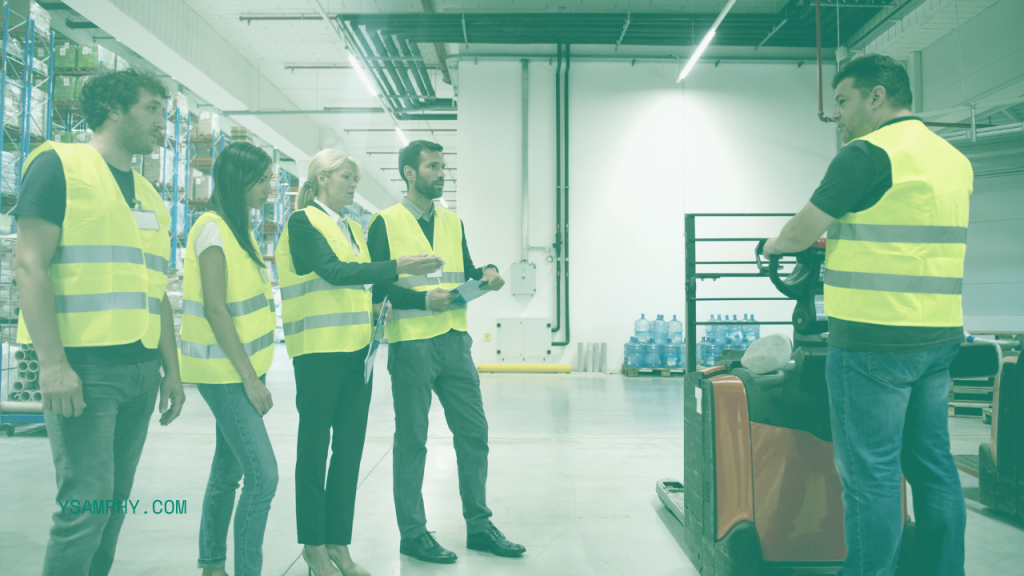
Conduct Regular Safety Training
Regular safety training is the foundation of a secure warehouse. Employees must be educated on the proper use of equipment, emergency procedures, and safety protocols. Training sessions should be held periodically to refresh employees’ knowledge and introduce new safety guidelines.Hands-on demonstrations and drills can enhance understanding and retention of safety practices.
In addition to general safety training, specialized sessions should be provided for employees who operate specific machinery or handle hazardous materials. These trainings ensure that all team members are competent and confident in their roles. An open-door policy for reporting safety concerns encourages employees to speak up about potential hazards, fostering a proactive safety culture.
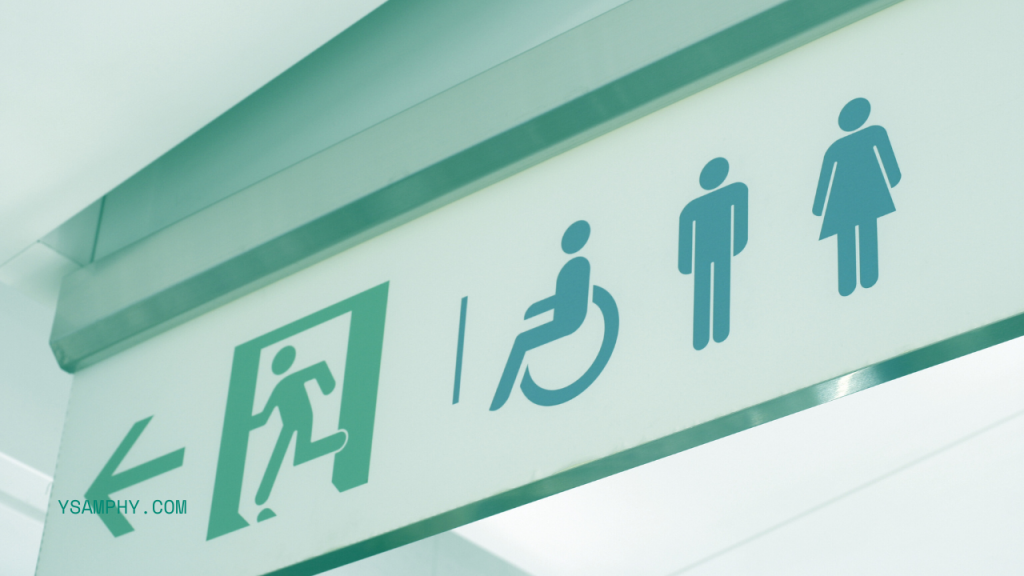
Implement Proper Signage and Labeling
Clear and effective signage is crucial in guiding employees through the warehouse safely. Signs should be strategically placed to indicate emergency exits, fire extinguishers, first aid stations, and hazardous areas. Labels on storage units, racks, and shelves help in identifying contents and weight limits, preventing overloading and accidents.
Floor markings can delineate pedestrian pathways, forklift routes, and restricted zones, reducing the risk of collisions. Color-coded labels and signs enhance visibility and comprehension, ensuring that employees can quickly identify potential dangers. Regular inspections should be conducted to ensure that all signs and labels remain visible and intact.
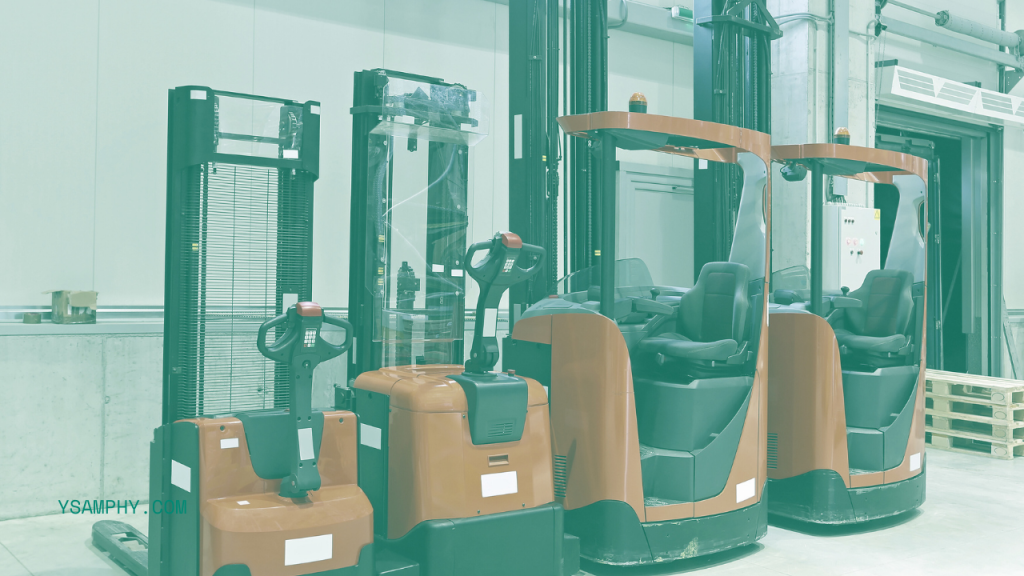
Maintain Equipment and Machinery
Regular maintenance of equipment and machinery is essential to prevent malfunctions and accidents. A scheduled maintenance program ensures that all tools, forklifts, conveyors, and other machinery are in optimal working condition. Pre-shift inspections should be conducted to identify any issues before equipment is used.
Operators should be trained to recognize warning signs of equipment failure and report them immediately. Proper storage and handling of tools and machinery reduce wear and tear, extending their lifespan. Keeping maintenance logs and records helps in tracking the condition of equipment and planning timely repairs or replacements.
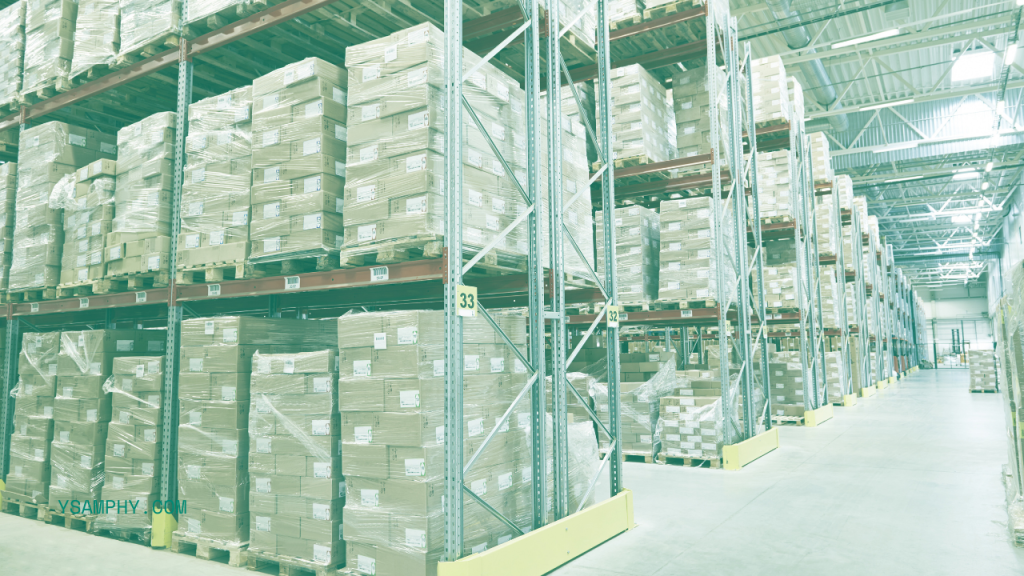
Ensure Safe Storage Practices
Effective storage practices are vital in preventing accidents and ensuring easy access to materials. Items should be stacked securely and within the recommended height limits to prevent toppling. Heavy and frequently used items should be stored at waist height to reduce the risk of strain injuries.
Aisles and pathways must be kept clear of obstructions to allow safe movement of personnel and machinery. Proper storage racks and shelving units should be used to organize materials efficiently. Regular audits of storage areas help in identifying and addressing potential hazards, such as overloading or improper stacking.

Prioritize Ergonomics
Ergonomics plays a significant role in maintaining employee health and preventing injuries. Workstations should be designed to minimize physical strain and discomfort. Adjustable chairs, workbenches, and equipment allow employees to maintain proper posture and reduce the risk of musculoskeletal disorders.
Manual lifting should be minimized by using lifting aids such as trolleys, hoists, and forklifts. Training employees on proper lifting techniques can prevent back injuries and other musculoskeletal issues. By prioritizing ergonomics, employers can enhance employee well-being and productivity.

Enhance Stair and Ladder Safety
Staircases and ladders are common in warehouses and pose significant safety risks if not properly managed. All stairs and ladders should meet regulatory standards and be regularly inspected for damage. Non-slip treads and handrails on staircases provide additional safety.
Employees should be trained on the correct use of ladders, including maintaining three points of contact and ensuring stability. The integration of commercial stairs, which are specifically designed for industrial environments, can further enhance safety. These stairs provide robust support and are built to withstand heavy use, ensuring safe access to different levels within the warehouse.
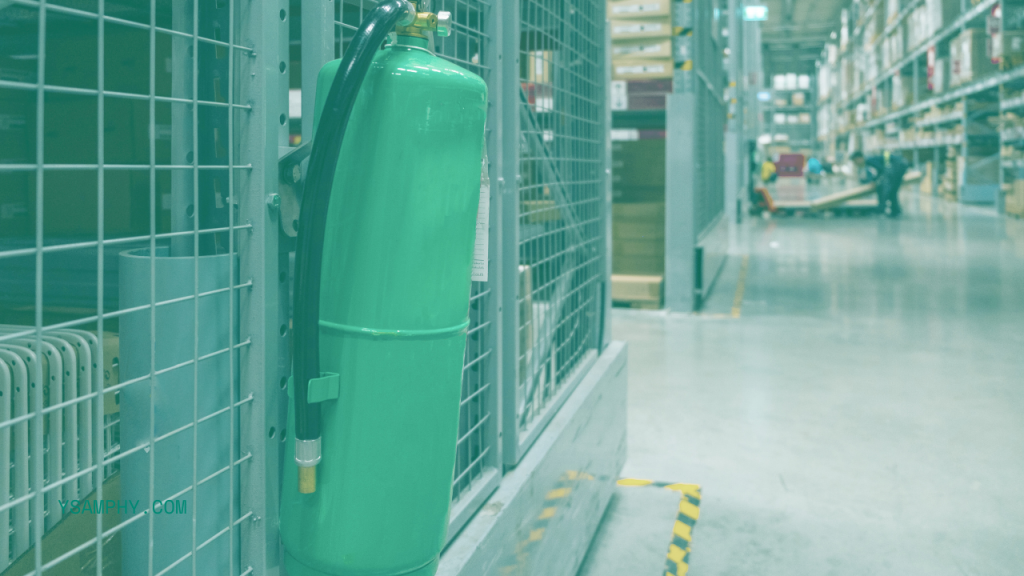
Promote Fire Safety
Fire safety is critical in any warehouse setting. Fire extinguishers should be readily accessible and employees trained on their use. Sprinkler systems and smoke detectors must be installed and regularly tested to ensure functionality. Emergency exits should be clearly marked and free from obstructions.
Regular fire drills familiarize employees with evacuation procedures and reduce panic during an actual emergency. Proper storage of flammable materials and adherence to fire safety regulations minimize the risk of fire outbreaks. Developing a comprehensive fire safety plan, including designated assembly points and communication protocols, enhances preparedness.

Implement Proper Lighting
Adequate lighting is essential for maintaining a safe warehouse environment. Poor lighting can lead to accidents, as employees may struggle to see hazards or perform tasks accurately. Well-lit work areas, aisles, and emergency exits reduce the risk of slips, trips, and falls.
Natural lighting should be maximized where possible, and high-intensity lighting should be used in areas requiring detailed work. Regular maintenance of lighting fixtures ensures consistent illumination. Emergency lighting is also crucial to provide visibility during power outages or emergencies, facilitating safe evacuation.

Enforce Personal Protective Equipment (PPE) Usage
Personal Protective Equipment (PPE) is a fundamental aspect of warehouse safety. Employees should be provided with appropriate PPE, such as helmets, gloves, safety glasses, and high-visibility vests, based on their specific tasks. Proper training on the correct use and maintenance of PPE ensures its effectiveness.
PPE must be readily available and in good condition. Regular inspections and replacements of damaged or worn-out equipment prevent potential injuries. Employers should enforce strict compliance with PPE requirements and foster a culture of safety where employees understand the importance of wearing protective gear.
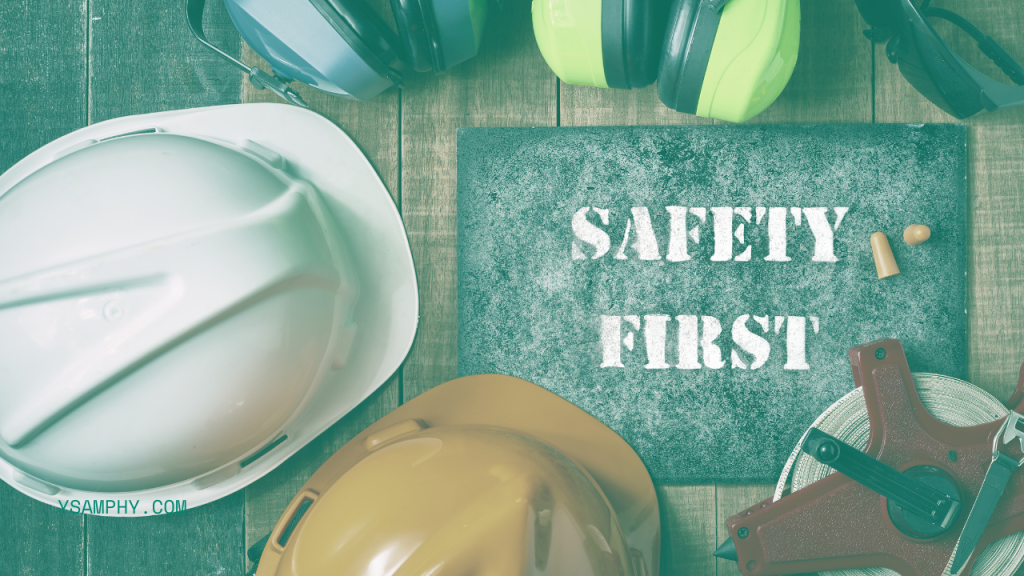
Foster a Safety-First Culture
Creating a safety-first culture involves engaging all employees in safety initiatives and making safety a core value of the organization. Regular safety meetings and open communication channels encourage employees to voice concerns and suggest improvements. Recognizing and rewarding safe practices can motivate employees to prioritize safety in their daily activities.
Management should lead by example, demonstrating a commitment to safety and providing the necessary resources for maintaining a secure workplace. Continuous improvement in safety practices, based on employee feedback and incident analysis, ensures a dynamic and effective safety program. Incorporating safety innovations in the workplace, such as new technologies and tools, can further enhance this culture by making safety practices more effective and efficient.
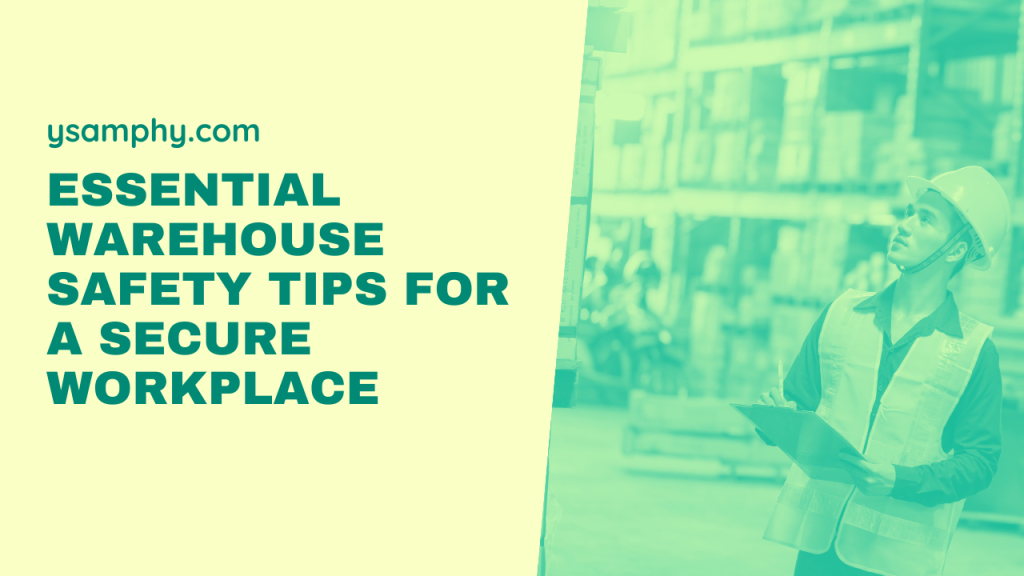
A secure warehouse environment is essential for protecting employees, reducing accidents, and enhancing productivity. By implementing comprehensive safety measures, conducting regular training, and fostering a culture of safety, warehouses can mitigate risks and create a secure workplace. From proper signage and equipment maintenance to ergonomics and fire safety, every aspect of warehouse safety contributes to a holistic approach to workplace security. Prioritizing safety not only safeguards employees but also ensures the smooth and efficient operation of the warehouse.

